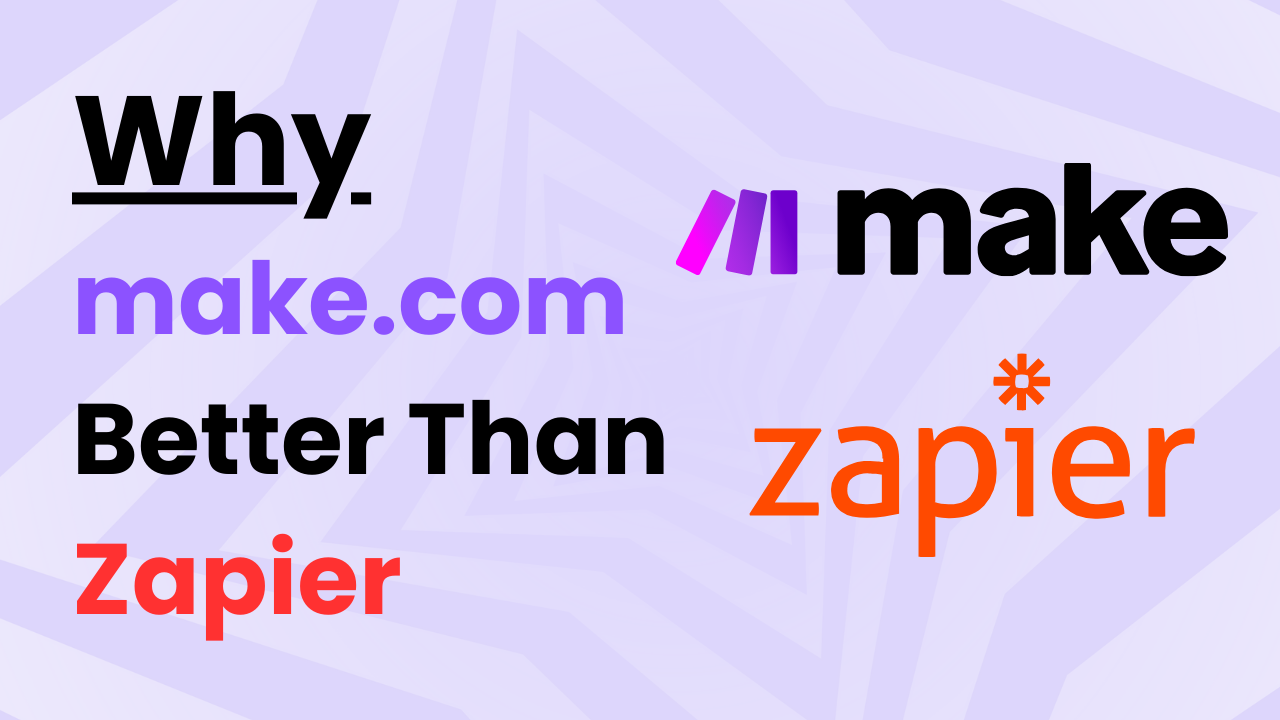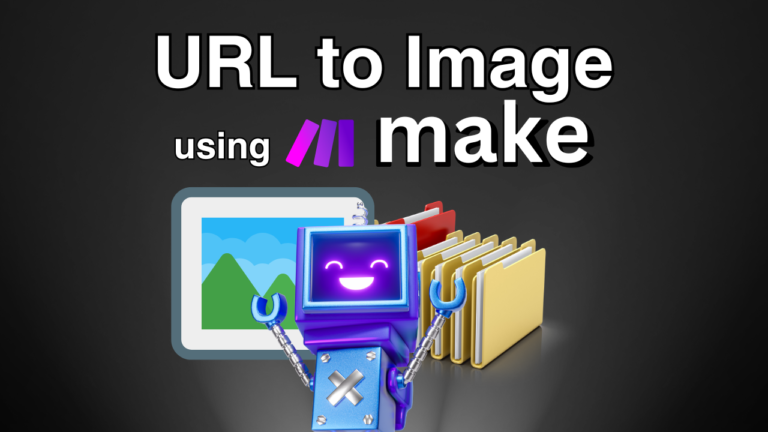Why Make.com Better Than Zapier in Automation
Introduction
In the world of automation tools, Make.com and Zapier are two leading platforms that help users connect various applications and automate workflows. While both platforms serve similar purposes, they have distinct features and functionalities that cater to different user needs. In this article, we will explore the strengths of Make.com and why it may be a better option for certain users compared to Zapier.

Why Make.com Better Than Zapier
1. Visual Workflow Design
One of the standout features of Make.com is its visual workflow designer, which allows users to create complex automations with ease.
Intuitive Interface
Make.com provides a drag-and-drop interface that enables users to visually construct workflows. This approach allows users to see the entire automation process at a glance, making it easier to understand how different components interact. Users can add, modify, or remove modules (the individual steps in a workflow) simply by dragging them around the canvas.
Complex Scenarios Made Simple
For users needing to build intricate workflows, Make.com offers the ability to create multi-step scenarios that involve conditional logic, loops, and branching paths. This level of complexity is often challenging to achieve in Zapier, where workflows can become cumbersome and harder to manage.
2. Advanced Features and Customization
Make.com excels in providing advanced features that offer greater customization compared to Zapier.
Data Manipulation Capabilities
Make.com includes built-in data manipulation tools that allow users to transform data before sending it to another application. For instance, users can use functions to format text, perform calculations, or filter data. This feature enables more precise control over the information being processed, which can be a significant advantage in data-driven environments.
Custom API Integrations
While Zapier offers a wide range of pre-built integrations, Make.com allows users to connect to any API directly. This means that if an app does not have a built-in integration in Make.com, users can still connect it using HTTP requests. This flexibility is crucial for businesses that rely on niche applications or proprietary systems not covered by mainstream automation tools.
3. Pricing Structure
The pricing models of Make.com and Zapier are structured differently, which can influence a user’s decision based on their budget and automation needs.
Cost-Effectiveness for Heavy Users
Make.com generally offers a more cost-effective solution for users who require a high volume of operations. It provides more operations per month at a lower price point compared to Zapier. This pricing model is particularly beneficial for businesses that require frequent automation but want to keep costs manageable.
Free Plan Limitations
While both platforms offer free plans, Make.com provides a more generous free tier, allowing users to experiment with various features and workflows without financial commitment. This can be particularly appealing for startups or individuals testing automation possibilities.
4. Error Handling and Version Control
Make.com offers robust error handling and version control features that enhance the reliability of automation workflows.
Detailed Error Reports
In Make.com, if an error occurs during the execution of a scenario, users receive detailed error reports that specify what went wrong and at which step. This level of transparency allows users to quickly troubleshoot and resolve issues, reducing downtime and ensuring the automation runs smoothly.
Version History
Make.com maintains a version history for workflows, allowing users to revert to previous versions if needed. This feature is invaluable for teams that collaborate on automations, as it helps track changes and restore functionality when errors arise.
5. Collaboration Features
For teams working on shared projects, Make.com offers superior collaboration features.
Team Management Tools
Make.com allows users to create teams and manage permissions, making it easier to collaborate on workflows. Users can assign roles, share scenarios, and provide access to specific workflows, enhancing team productivity.
Comments and Documentation
In Make.com, users can add comments directly within the scenario, providing context and instructions for team members. This feature facilitates better communication and understanding of complex workflows, ensuring that everyone is on the same page.
6. Community and Support
The level of support and community engagement can significantly impact the user experience.
Active Community Forums
Make.com has an active community forum where users can share ideas, ask questions, and seek advice. This collaborative environment fosters learning and provides valuable resources for users looking to enhance their automation skills.
Dedicated Support
Make.com offers dedicated customer support, including live chat and comprehensive documentation. Users can find tutorials, guides, and troubleshooting resources, ensuring they can make the most out of the platform.
Conclusion
While both Make.com and Zapier are powerful automation tools, Make.com offers distinct advantages that make it a better choice for certain users. Its visual workflow designer, advanced customization capabilities, cost-effective pricing, robust error handling, and strong collaboration features set it apart. For businesses and individuals seeking to implement complex automations with greater control, flexibility, and support, Make.com provides a compelling solution that can drive productivity and efficiency.
Ultimately, the choice between Make.com and Zapier will depend on the specific needs of the user or organization. However, for those looking for a powerful and intuitive automation platform, Make.com stands out as an excellent option.




